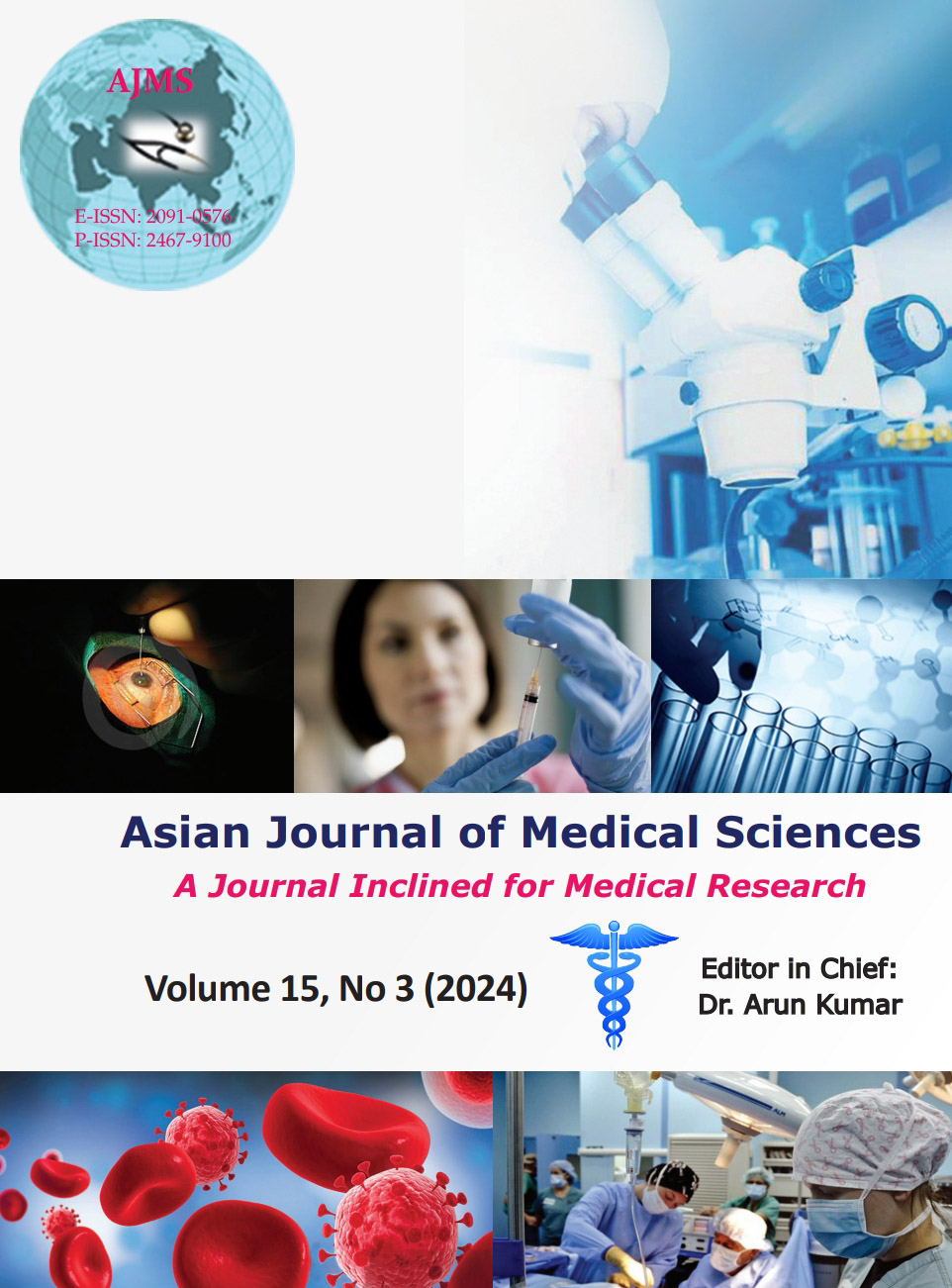Morphometry of proximal femur in South Indian Population
Keywords:
Proximal femur; Osteology; South Indian Population; MorphometryAbstract
Background: Proximal femur analysis plays a vital role in orthopedic surgery, implant design, fracture care, and research. Studying this complex bone helps surgeons select the right implants, plan fracture treatment, and understand bone strength. This growing field improves clinical outcomes and enhances scientific knowledge. Our study analyzes the morphometry of proximal femur, particularly the head and neck, to further explore its implications.
Aims and Objectives: To study the morphometric measurements of the proximal end of the femur quantitatively in the South Indian population from the dry femora available in the Department of Anatomy, Government Medical College, Kottayam.
Materials and Methods: This cross-sectional study was conducted in 101 dry femora available in the Department of Anatomy, Government Medical College, Kottayam. The measurements were taken with digital Vernier calipers and a goniometer. All continuous variables were expressed as mean with standard deviation. Statistical differences between the right and left sides were analyzed with Student’s independent sample t-test (for parametric variables) and Mann–Whitney U test (for non-parametric variables).
Results: The mean vertical and anteroposterior diameter of the femoral head, superior and inferior length of the femoral head, the anteroposterior and vertical diameter of the femoral neck, superior and inferior lengths of the femoral neck, neck-shaft angle, and intertrochanteric length were 39.61±3.29 mm, 40.17±3.14 mm, 33.01±3.6 mm, 23.88±4.32 mm, 24.22±3 mm, 29.59±3 mm, 21.75±3.81 mm, 32.03±5.58 mm, 124.11±6.37, 60.31±7.33 mm, respectively. There was a statistically significant difference in the mean of neck anteroposterior diameter and neck-shaft angle between the right and left sides where the left side had the higher value.
Conclusion: Notable skeletal metric variations exist amidst different populations. Proximal femoral dimensions can be acquired through either manual means or radiological information. These measurements can be used in designing orthopedic implants for the South Indian population.
Downloads
Downloads
Published
How to Cite
Issue
Section
License
Copyright (c) 2024 Asian Journal of Medical Sciences

This work is licensed under a Creative Commons Attribution-NonCommercial 4.0 International License.
Authors who publish with this journal agree to the following terms:
- The journal holds copyright and publishes the work under a Creative Commons CC-BY-NC license that permits use, distribution and reprduction in any medium, provided the original work is properly cited and is not used for commercial purposes. The journal should be recognised as the original publisher of this work.
- Authors are able to enter into separate, additional contractual arrangements for the non-exclusive distribution of the journal's published version of the work (e.g., post it to an institutional repository or publish it in a book), with an acknowledgement of its initial publication in this journal.
- Authors are permitted and encouraged to post their work online (e.g., in institutional repositories or on their website) prior to and during the submission process, as it can lead to productive exchanges, as well as earlier and greater citation of published work (See The Effect of Open Access).




